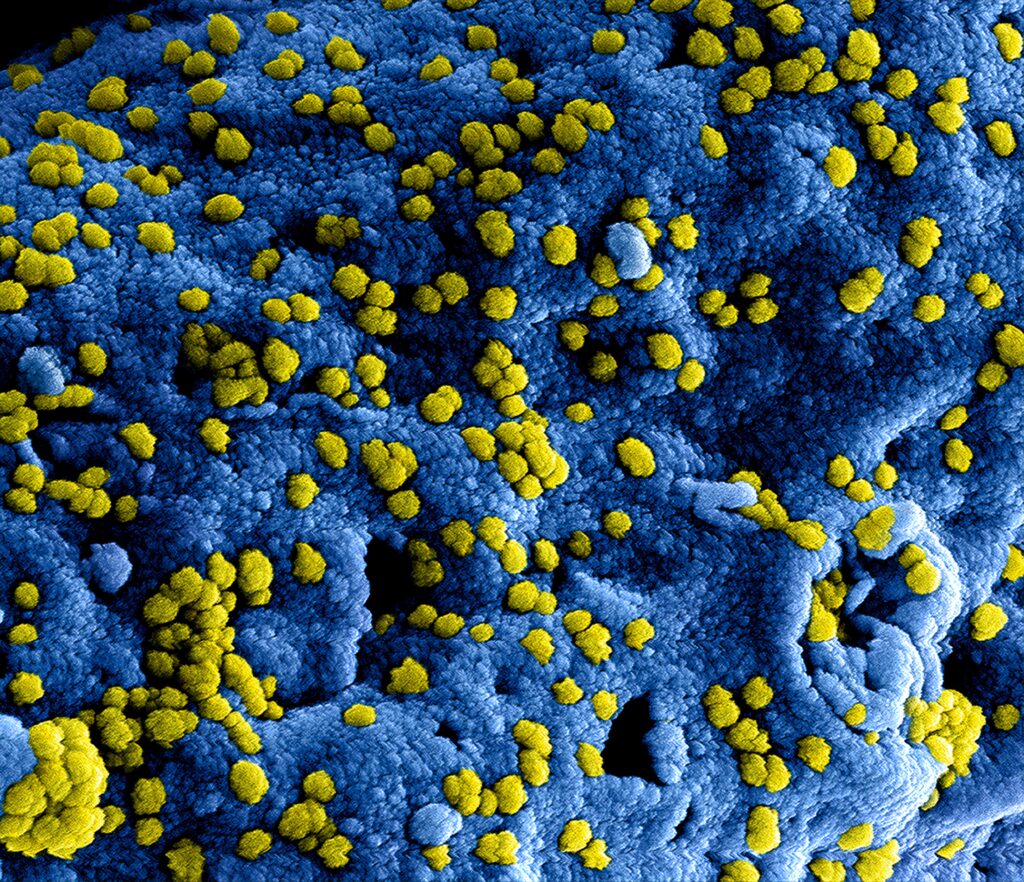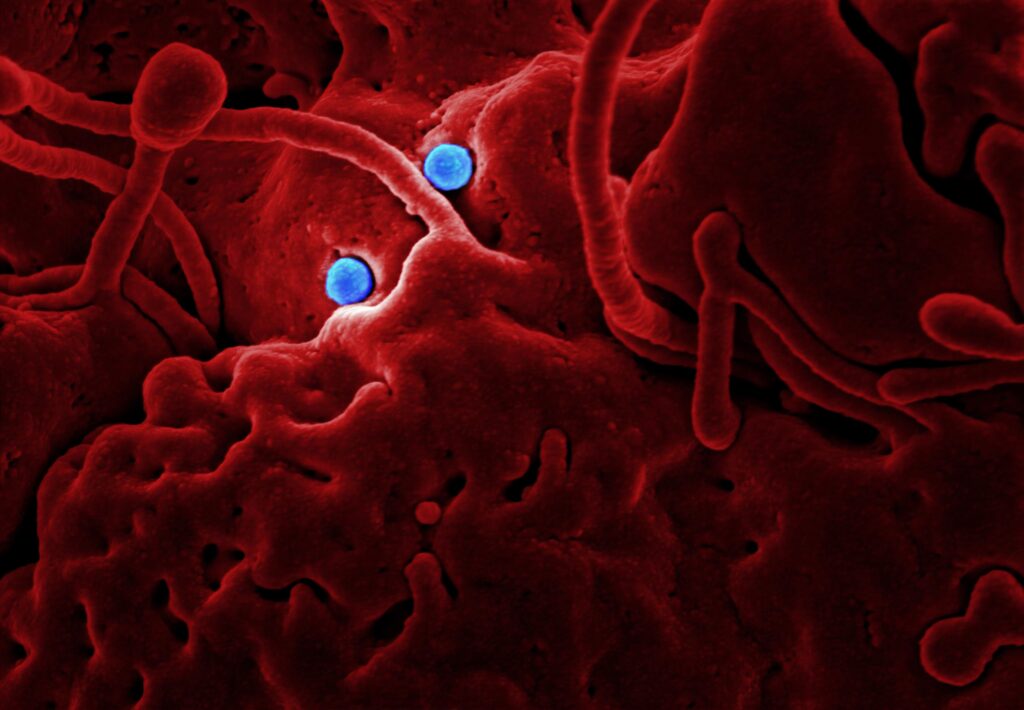Introduction
Many introverts ponder about the nature of shyness and if it’s something fixed or changeable. This post delves into this topic, unraveling truths and dispelling myths about shyness. It’s for those who analyze their traits and believe in their ability to evolve. The introvert to extrovert transition is not a common path, yet it’s gaining traction. 🛤️ In simple, straightforward English, this article aims to provide clarity on whether shyness is a disease or a part of one’s personality that can shift over time. Stick around as they unfold the layers, providing a fresh perspective on shyness, its causes, and how to navigate it. 📜🔍

Common Misconceptions About Shyness
Before diving deeper into the complexities of shyness, it’s crucial to address the common misconceptions that surround this trait. Shyness is often misunderstood, and many mistakenly believe it to be a fixed part of an individual’s personality. However, that’s not the case. Shyness varies greatly from person to person and can change over time depending on various factors. Some may find their shyness to be a minor trait that occasionally surfaces, while others might feel its impact more significantly in their day-to-day interactions.
One of the most widespread myths is that shyness is synonymous with introversion. While the two can coexist, they are not the same. Introversion is a personality trait characterized by a preference for solitary activities and smaller gatherings, rather than large social settings. Shyness, on the other hand, involves a fear of social judgment, leading to discomfort in social situations. Understanding this distinction is vital for anyone looking to navigate their shyness and possibly transform their social interactions.
🤔✨ For those seeking a deeper understanding of their own personality traits, taking an advanced introvert test can provide valuable insights. This test is designed to help individuals pinpoint their specific traits, providing a clearer picture of where they stand on the introversion-extroversion spectrum.
By dispelling these misconceptions and gaining a more accurate understanding of shyness, individuals are better equipped to address this trait proactively. Shyness does not have to be a permanent part of one’s personality. With the right tools and mindset, change is possible, paving the way for more comfortable and confident social interactions. So, let’s move forward, debunking myths and exploring the various facets of shyness to better understand and manage this common trait. 🌟

The Biological Aspects of Shyness
As we delve deeper into the realm of shyness, it’s pivotal to explore the biological aspects that may play a role. Shyness isn’t just a result of external influences; it’s also intertwined with an individual’s genetic makeup and neurological processes. For some, their predisposition to shyness is present from a young age, influenced by their inherited traits. Research suggests that certain genes might influence an individual’s likelihood of exhibiting shy behavior, pointing towards a genetic component in the development of shyness.
However, it’s not solely about genetics. The brain plays a significant role as well. The amygdala, a part of the brain associated with processing emotions, is often more reactive in individuals who are shy. This heightened sensitivity can make social situations feel particularly overwhelming, leading to the typical shy responses of withdrawal or avoidance.
🧠🔬 For those looking to connect with others who share similar experiences and delve deeper into this topic, joining an intro to extro community can provide a sense of belonging and a platform for discussion.
It’s crucial to note that while these biological factors can contribute to shyness, they don’t dictate one’s destiny. The brain is incredibly plastic, meaning it has the ability to change and adapt over time. Through intentional practices and exposure to varied social situations, individuals can work to rewire their brain’s response to social stimuli, reducing feelings of shyness.
By understanding the biological underpinnings of shyness, individuals are better equipped to navigate their journey towards overcoming it. It provides a foundation for empathy, both for oneself and for others, fostering a supportive environment for change. So, with this knowledge in hand, let’s continue exploring the different facets of shyness, uncovering the strategies and tools that can assist in managing and possibly transforming this trait. 🌱✨

The Role of Environment in Shyness
Moving forward, it’s vital to consider how the environment plays a role in shaping shyness. The surroundings and experiences one encounters throughout life significantly influence personality traits, including shyness. From a young age, family dynamics, societal expectations, and peer interactions all contribute to how shyness manifests in an individual.
Children who grow up in overly protective or controlling environments may not have as many opportunities to develop social skills, potentially leading to increased shyness. On the other hand, those who are encouraged to express themselves and engage with others may find it easier to navigate social situations. Societal expectations can also play a role, as cultures that value extroversion may inadvertently make shy individuals feel less accepted, further exacerbating feelings of shyness.
It’s not just about childhood experiences, though. Work environments, social circles, and life events in adulthood can all influence shyness. A supportive and understanding social network can help shy individuals feel more comfortable and confident, while a judgmental or dismissive group can have the opposite effect.
For those looking to navigate their shyness and potentially make a shift towards extroversion, understanding these environmental influences is crucial. 🔄🌍 The intro to extro roadmap provides a unique guide, different from typical advice, offering practical steps and insights to assist in this journey.
Recognizing that the environment plays a role in shyness doesn’t mean one is destined to remain shy if their surroundings have contributed to this trait. With awareness and intentional effort, it’s possible to create an environment that fosters confidence and ease in social situations. As individuals work to surround themselves with supportive people and seek out positive experiences, they can begin to reshape their relationship with shyness, paving the way for change and growth. 🌟

Positive Aspects of Shyness
While shyness is often viewed in a negative light, it’s important to highlight that it can have its own set of advantages. People who are shy tend to be observant and thoughtful, paying close attention to the details in their environment. This heightened awareness can lead to a deep sense of empathy and understanding towards others, as they are adept at picking up on subtle cues and emotions.
Additionally, shy individuals usually spend a considerable amount of time reflecting on their thoughts and experiences. This introspection can foster a rich inner life, full of creativity and insight. They often excel in activities that require concentration and focus, as their natural inclination is to delve deeply into whatever they are engaged in.
Shyness can also contribute to the development of strong listening skills. In social settings, shy people tend to listen more than they speak, allowing them to absorb and process information thoroughly. This makes them excellent confidantes and advisors, as they are able to understand and empathize with the perspectives of others.
However, it’s crucial for individuals to find a balance. While there are positive aspects to shyness, it’s also important not to let it hold one back from experiencing life fully. Learning how to manage shyness, rather than trying to eliminate it, can allow individuals to harness its strengths while minimizing its challenges.
🌺📈 By embracing the positive qualities associated with shyness and working to develop confidence in social situations, individuals can create a well-rounded and resilient personality. They can navigate various social settings with ease, all while maintaining their thoughtful and empathetic nature.
In conclusion, shyness, like any personality trait, has its own set of strengths and weaknesses. Recognizing and appreciating the positive aspects of shyness can empower individuals to use this trait to their advantage, fostering a sense of self-acceptance and confidence in their unique way of interacting with the world. 🌟
Medication and Shyness
When it comes to addressing shyness, particularly in its more extreme forms, some might contemplate whether medication is a viable option. It’s crucial to understand that shyness in itself is not a medical condition but a personality trait. However, when shyness is significantly impacting one’s quality of life, contributing to social anxiety or other mental health challenges, seeking professional guidance becomes imperative.
Medication might be considered in cases where shyness coexists with anxiety or depressive disorders, and it’s affecting an individual’s ability to function in daily life. Selective Serotonin Reuptake Inhibitors (SSRIs) are a class of medications that have been found to alleviate symptoms of social anxiety. By adjusting the levels of serotonin in the brain, these medications can help in managing the intense feelings of fear and apprehension associated with social interactions.
It’s vital, however, to approach this option with caution and thorough understanding. Medication should never be seen as a first-line solution for managing shyness. It’s essential for individuals to consult with a healthcare professional to discuss their symptoms, and undergo a comprehensive evaluation to determine the most appropriate course of action.
Apart from medication, there are numerous non-pharmacological strategies that have proven effective in managing shyness and its associated challenges. Cognitive-behavioral therapy (CBT), for instance, is a widely recognized form of psychotherapy that helps individuals challenge and change negative thought patterns and behaviors. Through CBT and other therapeutic approaches, individuals can develop coping strategies, enhance their social skills, and build confidence in social situations.
By taking a holistic and informed approach, individuals can find the support and strategies that work best for them, fostering a sense of empowerment and control over their shyness. 🌱🛤️ It’s about understanding one’s unique experiences and needs, and taking proactive steps to manage shyness in a way that promotes overall well-being and personal growth. 🌟
Conclusion
As we wrap up our exploration into the nature of shyness, it’s clear that this personality trait is multifaceted and complex. It’s not a disease, but a part of who some individuals are, influenced by genetic, neurological, and environmental factors. While shyness can present challenges, particularly in social settings, it also brings along unique strengths such as empathy, introspection, and attentiveness.
Understanding that shyness is not a fixed trait is crucial. With the right mindset and support, change is possible. Whether it’s through connecting with like-minded individuals in communities, engaging in therapy, or simply practicing social skills, there are numerous pathways to navigate and manage shyness. The journey may not be straightforward, but it is undoubtedly attainable.
Embracing the positive aspects of shyness while learning to overcome its challenges allows individuals to lead a balanced and fulfilling life. They can enjoy rich, meaningful interactions, all while retaining their thoughtful and reflective nature. 🌟
In conclusion, shyness is a nuanced personality trait, not a disease. With understanding, support, and proactive management, individuals can navigate their shyness, harnessing its strengths and minimizing its challenges, to live confidently and authentically in a world that celebrates diversity in personality and expression. ✨🛤️




